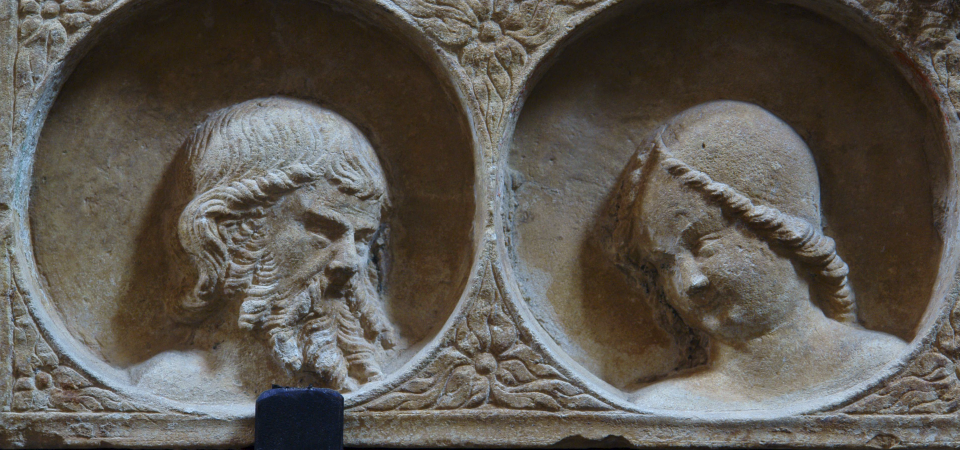
Sant Mateu during the dominion of the Masters of Montesa : Medieval splendour (1319 – 1429)
In 1319, after the disappearance of the Templars, both Hospitallers’ and Templars’ possessions became part of the new Order of Montesa. In this way the Maestrazgo region was founded, considering that the Master (Maestre in Spanish or Valencian) was the main figure in the Order’s hierarchy. This historic territory consisted of the northern half of the current Castellón region, except Morella and Benifassà. Its capital was Sant Mateu until the 19th century.
During the 14th century, the Order of Montesa swapped a lot of their stately rights (blacksmith’s, ovens, weights, measures, a second fair…) with the town. This fact demonstrates the Sant Mateu’s power and autonomy in the Medieval times and the shared intentions between the population and the Order to make Sant Mateu a bigger and prosperous town.
Simultaneously, the wool activity became international when Tuscan merchants arrived in Sant Mateu from cities like Pisa, Florence and Prato. Francesco di Marco Datini (Prato), one of the most important merchants in that period, established a commercial agency in Sant Mateu. One of the most appreciated wools in Italy during this period was sanmattee (from Sant Mateu). The wool production was enormous, and besides under this kind of “certificate of origin”, there were about 150 or 180 Valencian, Catalan, Aragonese and Castilian production centres. These Italian merchants also appreciated other products like leather, furs and mostly saffron.
The commercial activity is extremely important to understand the ambitious development plan in which Sant Mateu play a leading part in during the 14th century: Archpriestal Church, town walls, Dominican Convent, several Gothic palaces, and particularly the Palace of the Order of Montesa, Saint Peter’s Church and a hospital.
During this period, there was a small Jewish community living in the town between 1285 and 1391. Moreover, during the first decades of the 14th century, some Cathars took refuge in Sant Mateu escaping from the bishop of Pamiers, Jacques Fournier. They established a small community organized around the leading figure of Guillaume Belibaste, the last perfect Cathar.
The outstanding figure of Pedro de Luna, the Pope Benedict XIII, is linked to the history of the Maestrazgo region due to his settlement in the Peñíscola Castle. He stayed long periods of time in Sant Mateu, from which he drew up several papal bulls. It is important to emphasize his stay in Sant Mateu during 1414 to celebrate the last sessions of the Dispute of Tortosa, a series of dialogues among the Jewish leaders in the Crown of Aragon and some Christian religious leaders with the intention of persuade the Jewish communities to convert to Christianity.
This period concluded with the end of the Western Schism (15th August 1429), which took place in the Archpriestal Church with the abdication of Clement VIII before the nuncio Pedro de Foix. It is the most important historic event that has happened in Sant Mateu.




